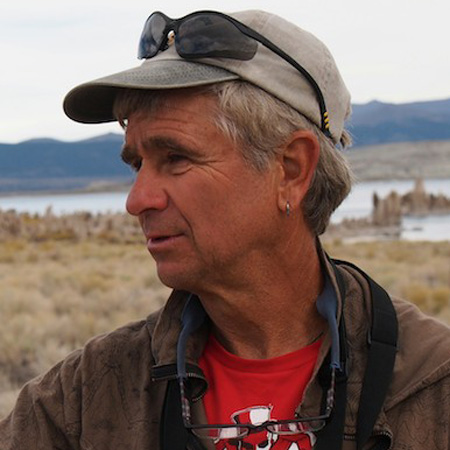Sometimes a naturalist is like a painter. His work isn't fully appreciated until long after his death. I thought of this last week at the Farallon Islands when I chanced to see quite a few Steller's sea lions. That's not stellar as in five stars but Steller as in early German naturalist George Wilhelm Steller. He accompanied Vitus Bering, a Danish sea captain sailing for Russian czar Peter the Great in a voyage to find the sea route from Russia to North America.
Stellar worked for the Academy of Sciences in St. Petersburg and was most probably the first white man to step upon what we now know as Alaska. He only spent three days, but collected and described six species of birds and mammals. The spectacled cormorant and the Steller's sea cow are now both extinct. The bird was flightless and easy to catch and the sea cow, a relative of the manatee, was both slow moving and tasty. It was extinct within 25 years of being discovered. The Steller's sea lion, Steller's eider and Steller's sea eagle are now all endangered or threatened.
The only one of those species doing well is the Steller jay. It looks most like the Blue Jay of the Eastern United States with its prominent blue crest, and is familiar to any visitor to the forests of the American West.
During the return of that expedition in 1741, Bering's ship wrecked on a bleak island. Steller was one of the few who survived that tough Arctic winter. He spent the next four years collecting plants in Siberia, but he got in trouble with the Russian authorities and was arrested. He never had an opportunity to publish any of his findings. His health broken, he essentially died unknown and unrecognized for his pioneering work.
One-hundred years later, a diligent Norwegian-American naturalist named Stejneger uncovered Steller's writings in St. Petersburg and his work was finally acknowledged. So the next time you hear that raucous alarm call of that jay in the deep redwood forests, think of that German many years ago setting foot upon what was then a new world to the Europeans.
